A tree grows in this Italian house that is at one with nature
Carlo Ratti and Italo Rota complete house in Italy's Parma region, the Greenary, that blends nature and technology, for food company CEO Francesco Mutti
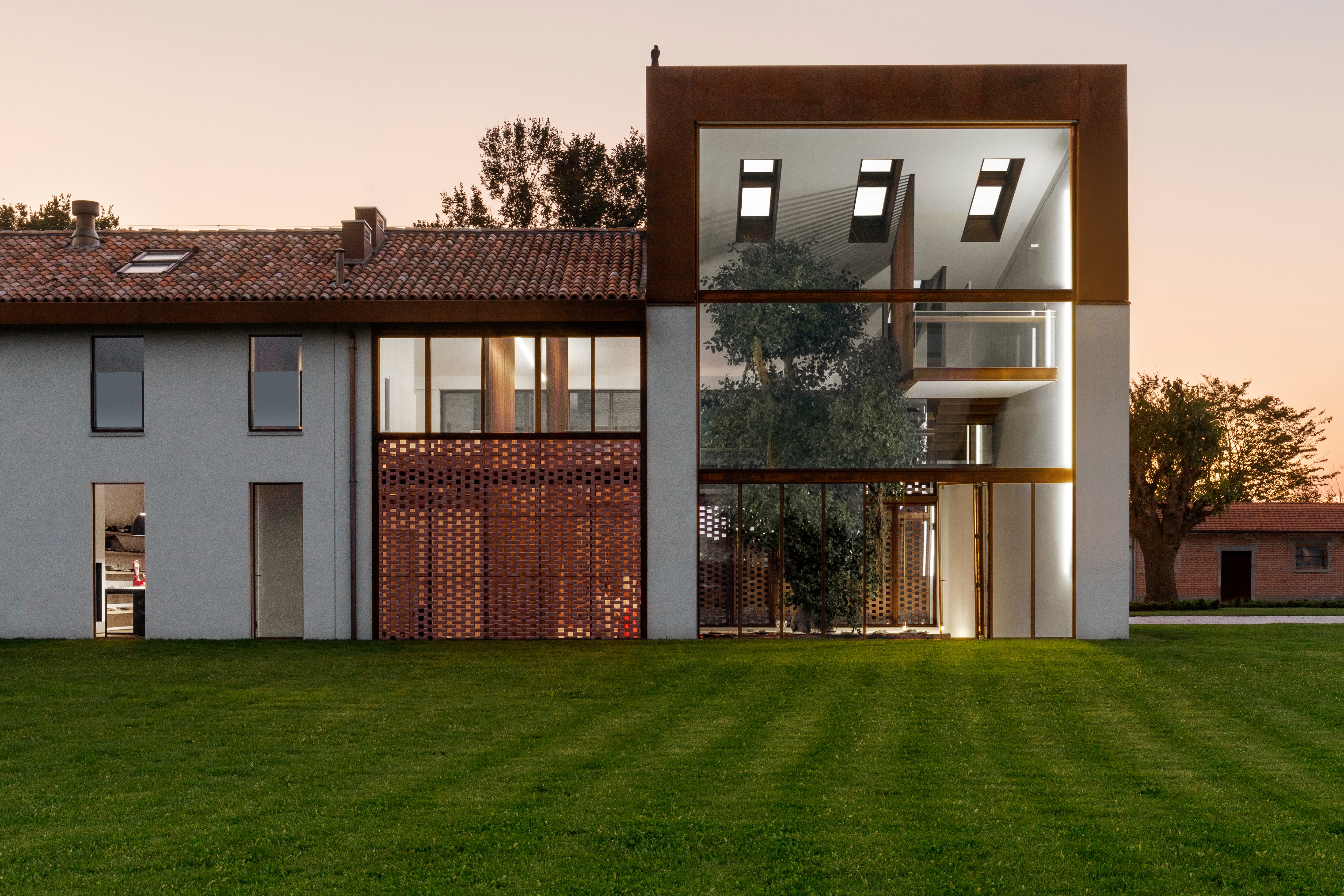
If you were passing by this house in the idyllic Parma countryside, you'd be forgiven for doing a double take; yes, that is a tree growing inside it. The Italian house does not necessarily stand out in other ways – through expressive shapes or unusual colours, for example – and it blends effortlessly into its landscape. Yet it's a project borne out of the marriage of opposites, explain its authors, Italian architects Carlo Ratti and Italo Rota. Welcome to The Greenary, the sustainable family home of Francesco Mutti, the CEO of one of the country's most famous food companies, the family-owned tomato empire, Mutti.
The project came to the architecture team – Ratti and Rota each leads an independent practice, in Turin and Milan, respectively – after meeting the client through a competition to work on some parts of the Mutti factory. Mutti, Ratti and Rota hit it off and soon it was proposed that the architects (who in the meantime won the factory competition and are currently working on a few long-term projects on the campus) rework a humble, old residential building on the edge of the factory site into a family home. The existing building, a traditional structure made of brick, was in need of a facelift and extension, but most of all, it needed to convey the Mutti family's way of living and values, particularly its strong connection to nature and the Italian countryside – as the company is rooted in farming and its location.
Italian house that brings nature inside
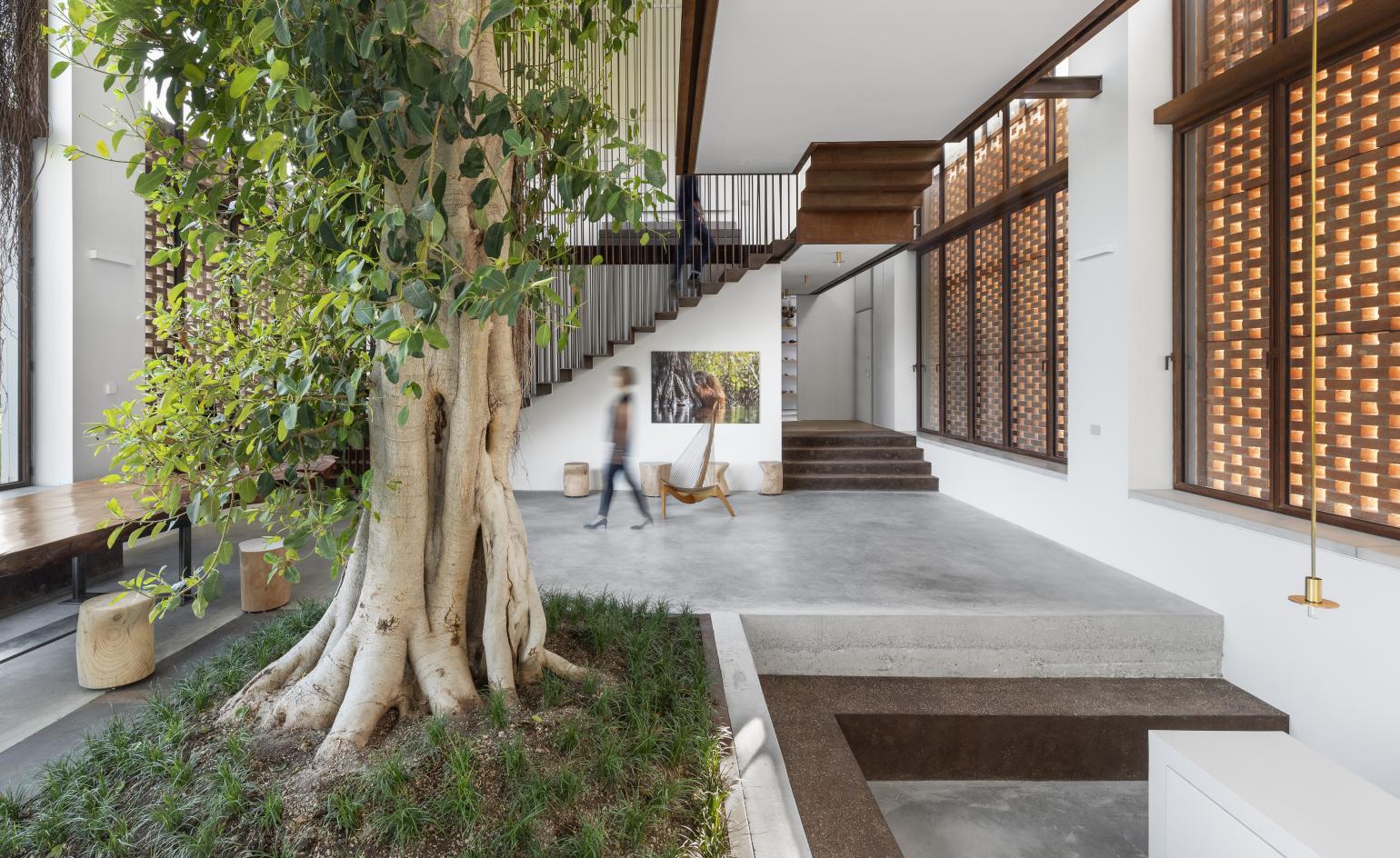
‘It is a home for people, plants and animals,' says Francesco Mutti, who lives at the property with his wife and several pets, including a cat and a donkey. ‘There are crickets sounding everywhere. I always lived in the countryside and love nature.' The rural location is not the only thing that made this site the perfect home for him. ‘It's right next to the factory, and I like that there are parallels between home and work, one feeds the other, there is an equilibrium.'
It's not your typical house setting, or brief. And homes, as such, are not a typical project for Ratti either. The studio is renowned for its forward-thinking, innovative and sustainable architecture that merges technology and nature. Yet it's perhaps more often seen applied to larger-scale work (recently, for example, designing the Italian Pavilion at Expo 2020 Dubai). ‘We love unusual projects,' says Ratti. ‘We do anything from small scale to the masterplan, but if it’s something interesting then it becomes very exciting. We are also passionate about blurring the boundaries between natural and artificial. Some of the crisis of the anthropocene is related to this separation between the two. We think architecture can play a big role in reconciling them. In the house, they converge.'
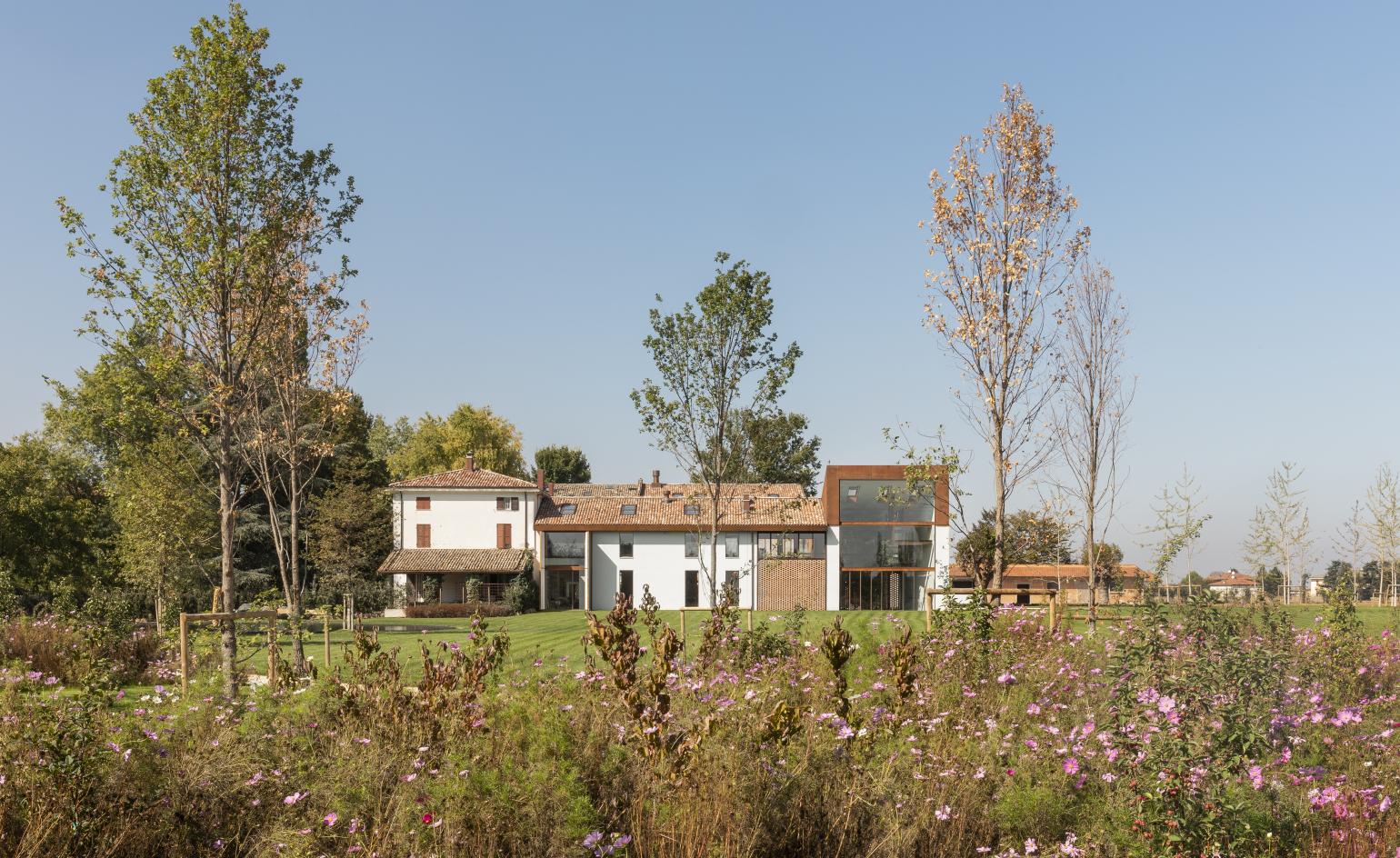
Ratti, Rota and Mutti had several discussions and visits at the beginning of the project, and quickly arrived at the final solution: a house that is minimally expanded and largely renovated using innovative materials and techniques. Nature is at the heart of everything. The stairs, for example, are made out of local earth, while elsewhere the team used resin composed of natural material (using, among other things, tomato peel). And of course, there's the tree, a mature ficus that can be seen from outside through a large piece of glazing placed there to ensure there's enough sunlight for it to grow under the new, angular Corten steel roof.
Having a tree in the house is a rich and calming experience, but requires a level of flexibility, Mutti points out. ‘You cannot change the humidity and temperature inside easily, for example,' he says. But the Italian house’s powerful simplicity invites you to adapt to nature, instead of expecting it to be the other way round. ‘It is a simple house, in the sense that it has simple lines, natural materials, and the greenery,' he continues. ‘The best part is the nature.'
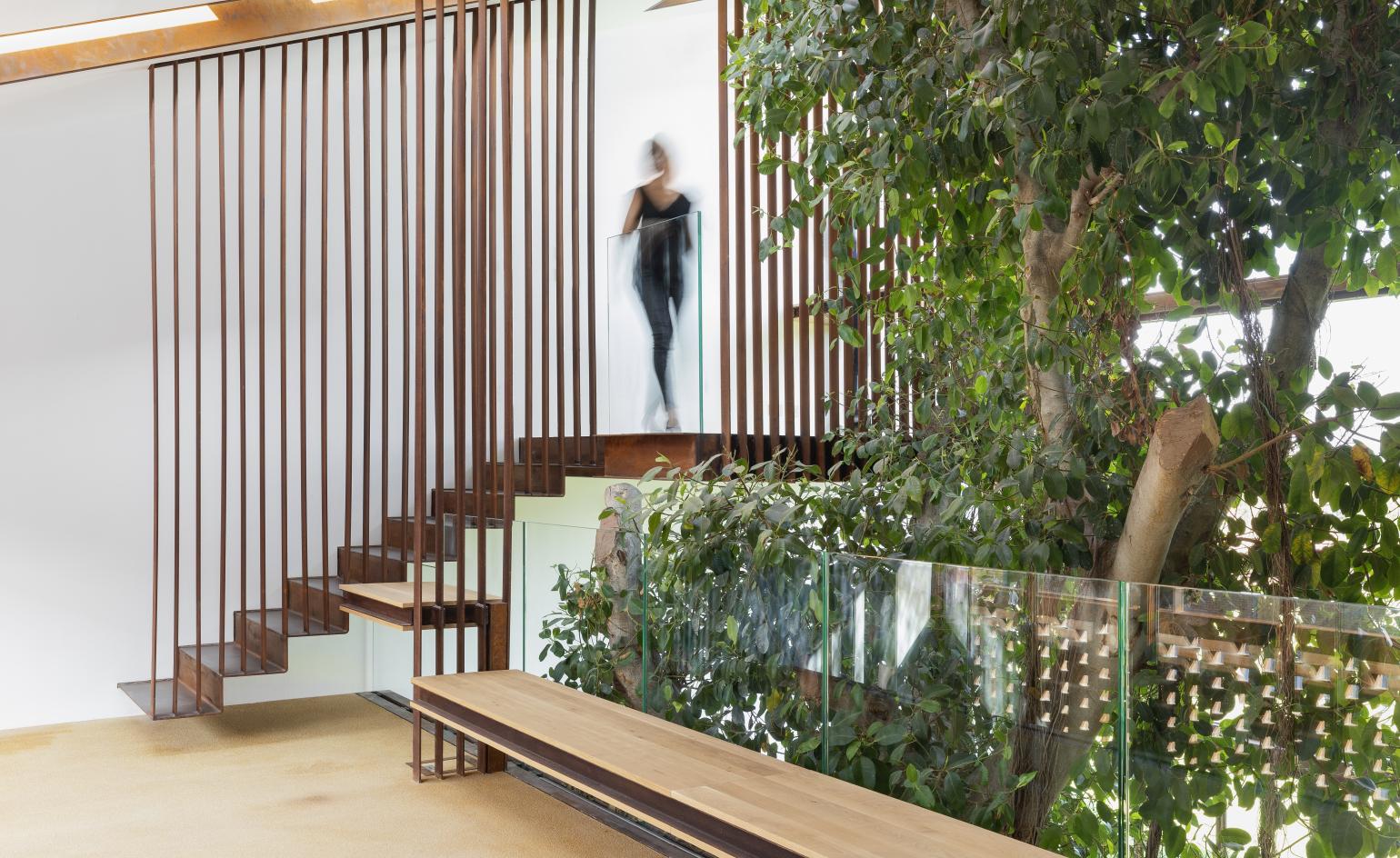
Sitting on the slightly sunken ground level and living space around the tree, the eye levels with the ground outside and you feel as if placed in the surrounding field. On the upper levels, because of the tree and the internal open-plan layout and transparencies, it feels like living in a treehouse, among the foliage.
Receive our daily digest of inspiration, escapism and design stories from around the world direct to your inbox.
The team worked with landscape architect Paolo Peirone, who brought valuable expertise to the team when it came to planting and the outdoors. Nature and architecture, old and new, coexist in this intruiging Italian house. ‘It’s a very special house,' says Rota. ‘It’s both about tradition and innovation, both simple and complex.'
The house is Mutti's ‘forever home’ and the only plan to possibly change it is when his daughter moves into the compound and some rearrangement might have to be made to accomodate her. But plans for the company campus next door are ongoing and Ratti and Rota are in the thick of design development. There are hopes for a park on site, as well as a more public-facing, foodie element (details to be defined) – further enriching the Mutti family's campus and the natural ecosystem around it.
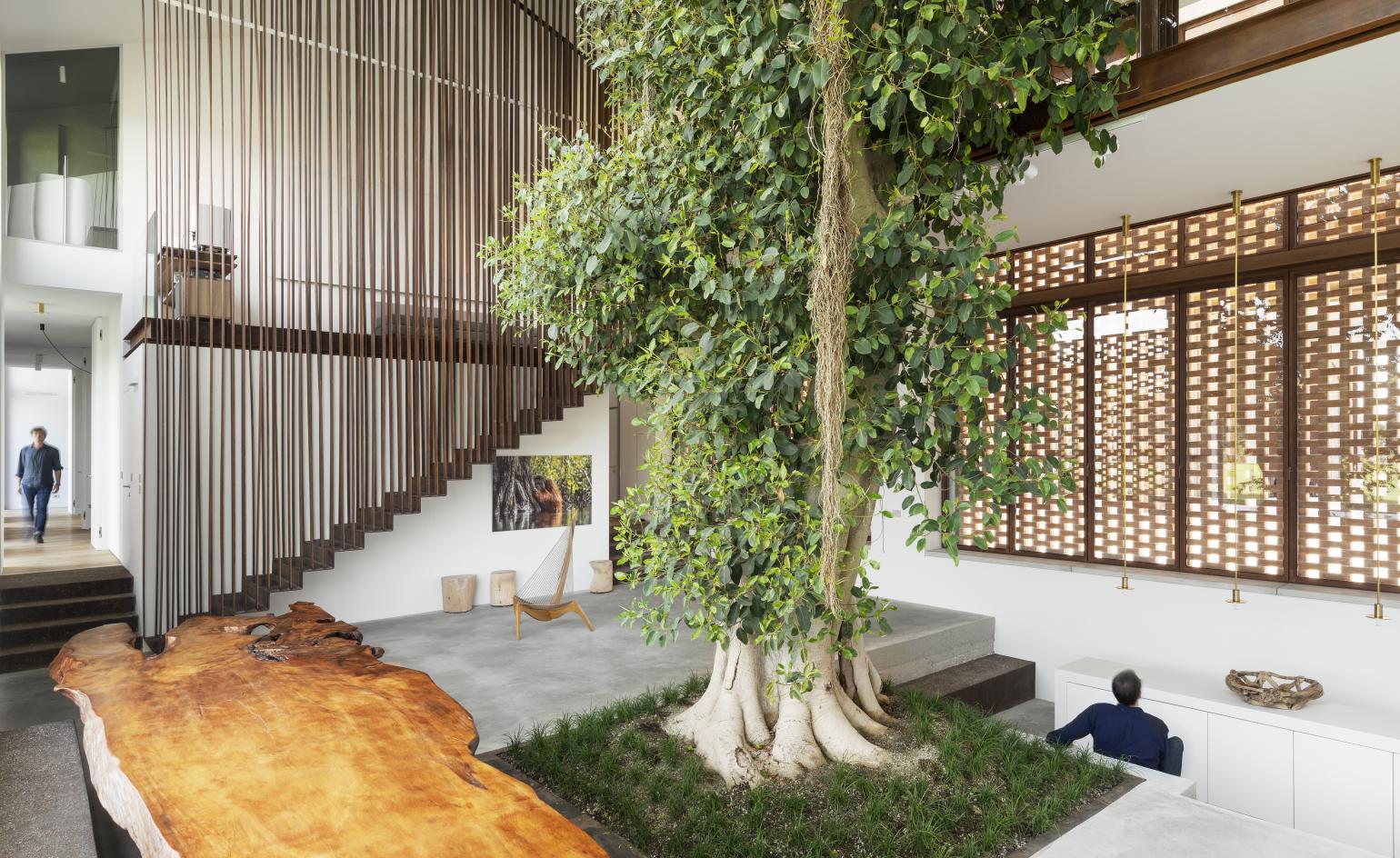
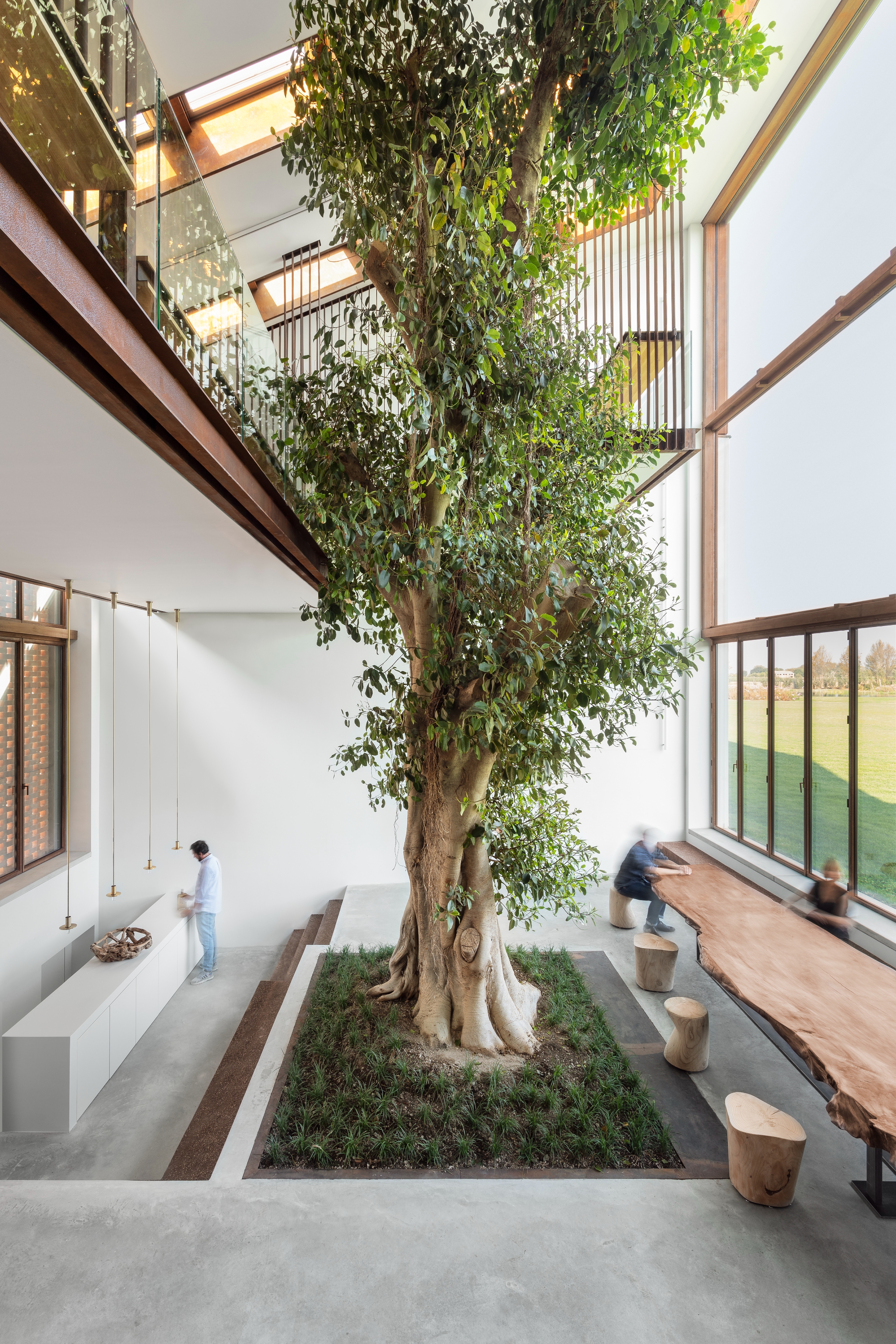
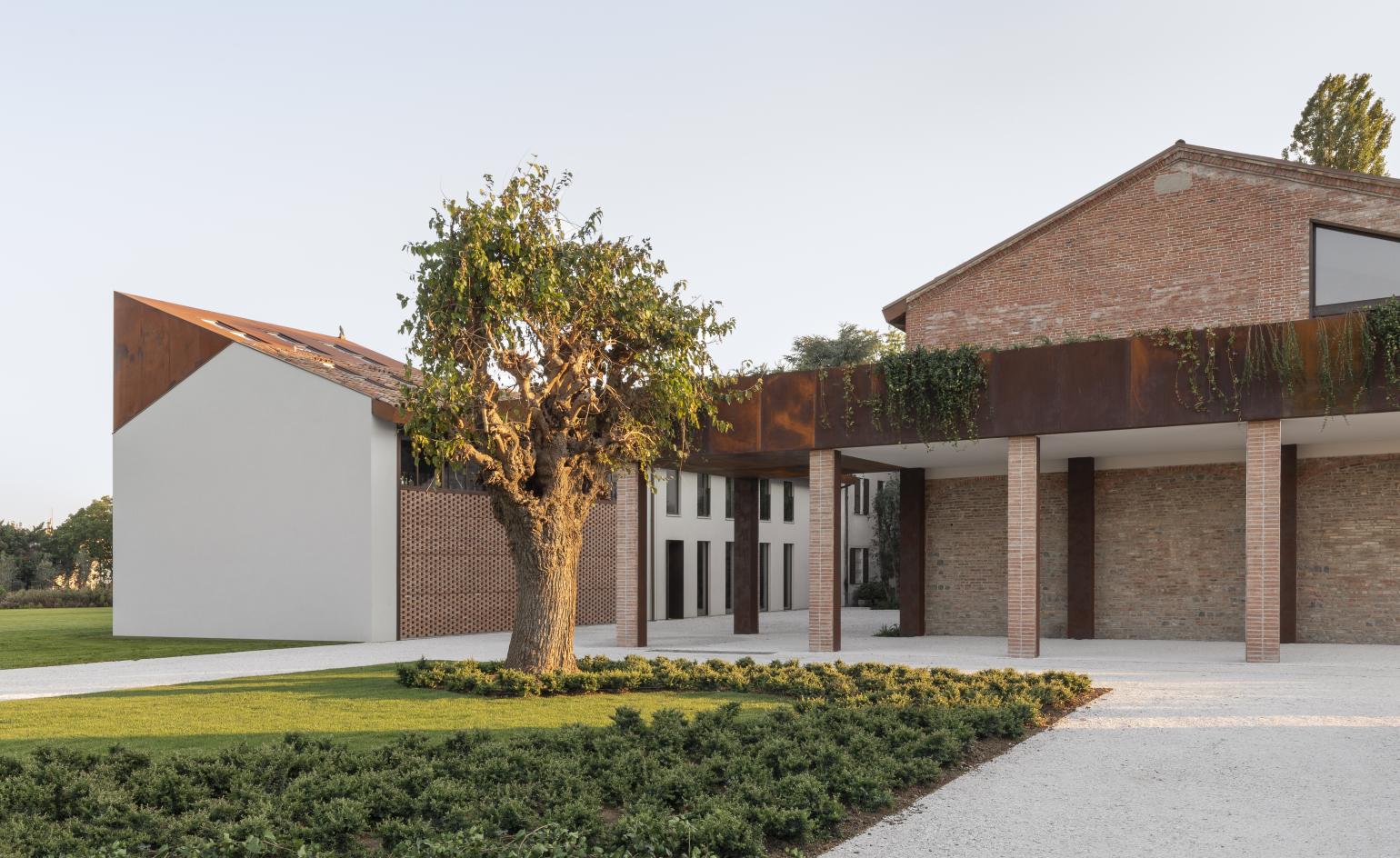
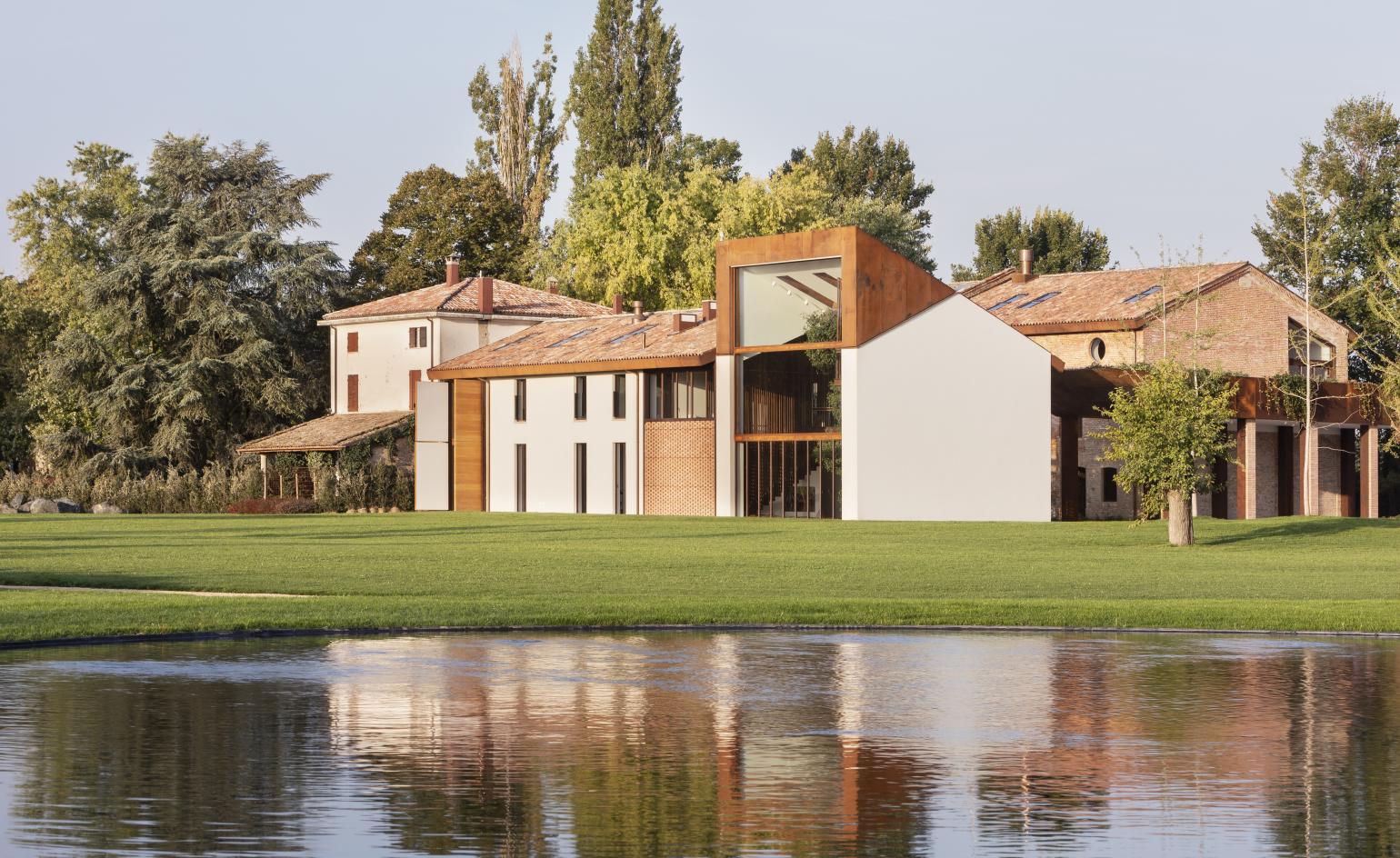
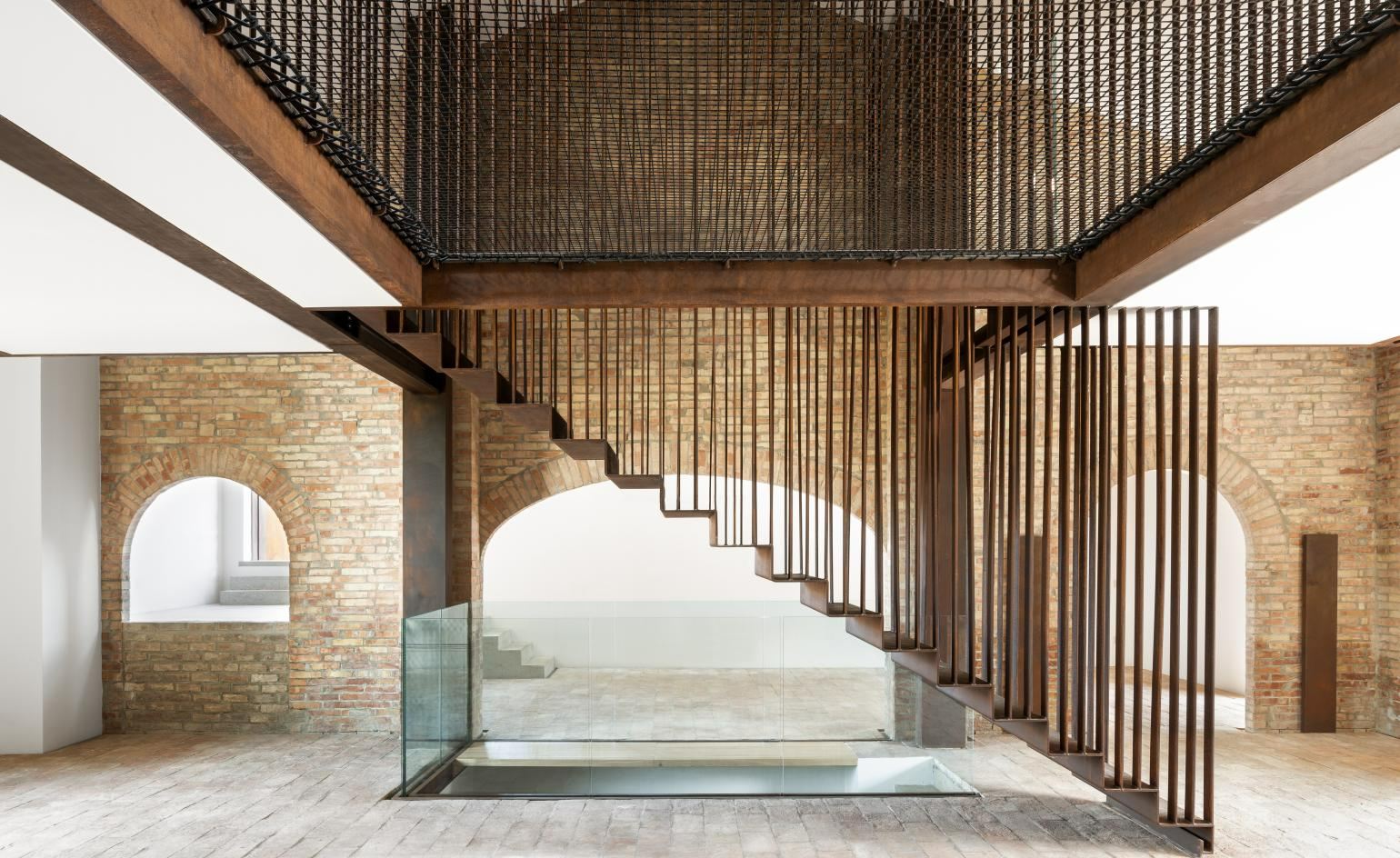
INFORMATION
carloratti.com
Ellie Stathaki is the Architecture & Environment Director at Wallpaper*. She trained as an architect at the Aristotle University of Thessaloniki in Greece and studied architectural history at the Bartlett in London. Now an established journalist, she has been a member of the Wallpaper* team since 2006, visiting buildings across the globe and interviewing leading architects such as Tadao Ando and Rem Koolhaas. Ellie has also taken part in judging panels, moderated events, curated shows and contributed in books, such as The Contemporary House (Thames & Hudson, 2018), Glenn Sestig Architecture Diary (2020) and House London (2022).
-
 New tech dedicated to home health, personal wellness and mapping your metrics
New tech dedicated to home health, personal wellness and mapping your metricsWe round up the latest offerings in the smart health scene, from trackers for every conceivable metric from sugar to sleep, through to therapeutic furniture and ultra intelligent toothbrushes
-
 Out of office: The Wallpaper* editors’ picks of the week
Out of office: The Wallpaper* editors’ picks of the week'Tis the season for eating and drinking, and the Wallpaper* team embraced it wholeheartedly this week. Elsewhere: the best spot in Milan for clothing repairs and outdoor swimming in December
-
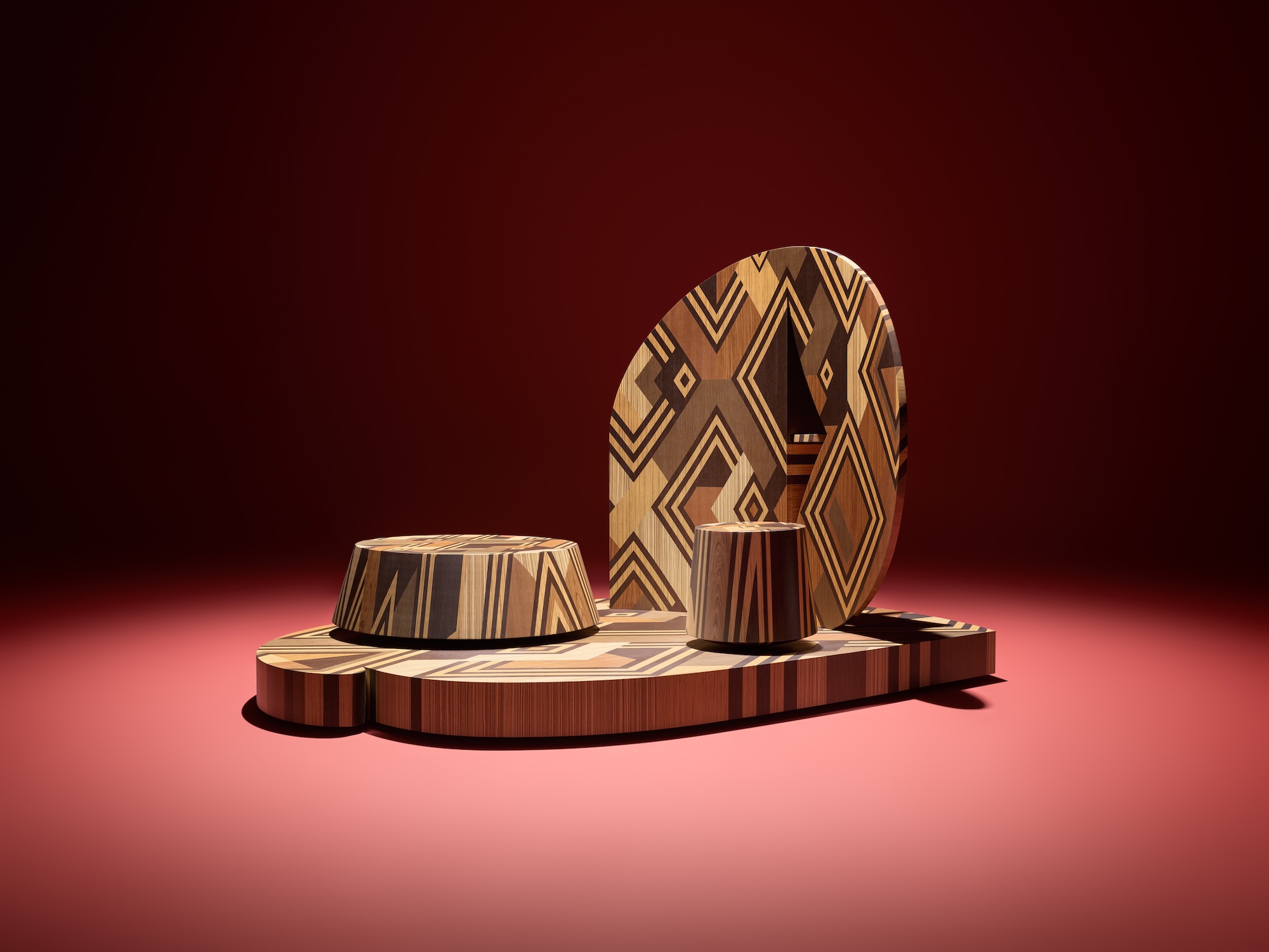 How Stephen Burks Man Made is bringing the story of a centuries-old African textile to an entirely new audience
How Stephen Burks Man Made is bringing the story of a centuries-old African textile to an entirely new audienceAfter researching the time-honoured craft of Kuba cloth, designers Stephen Burks and Malika Leiper have teamed up with Italian company Alpi on a dynamic new product
-
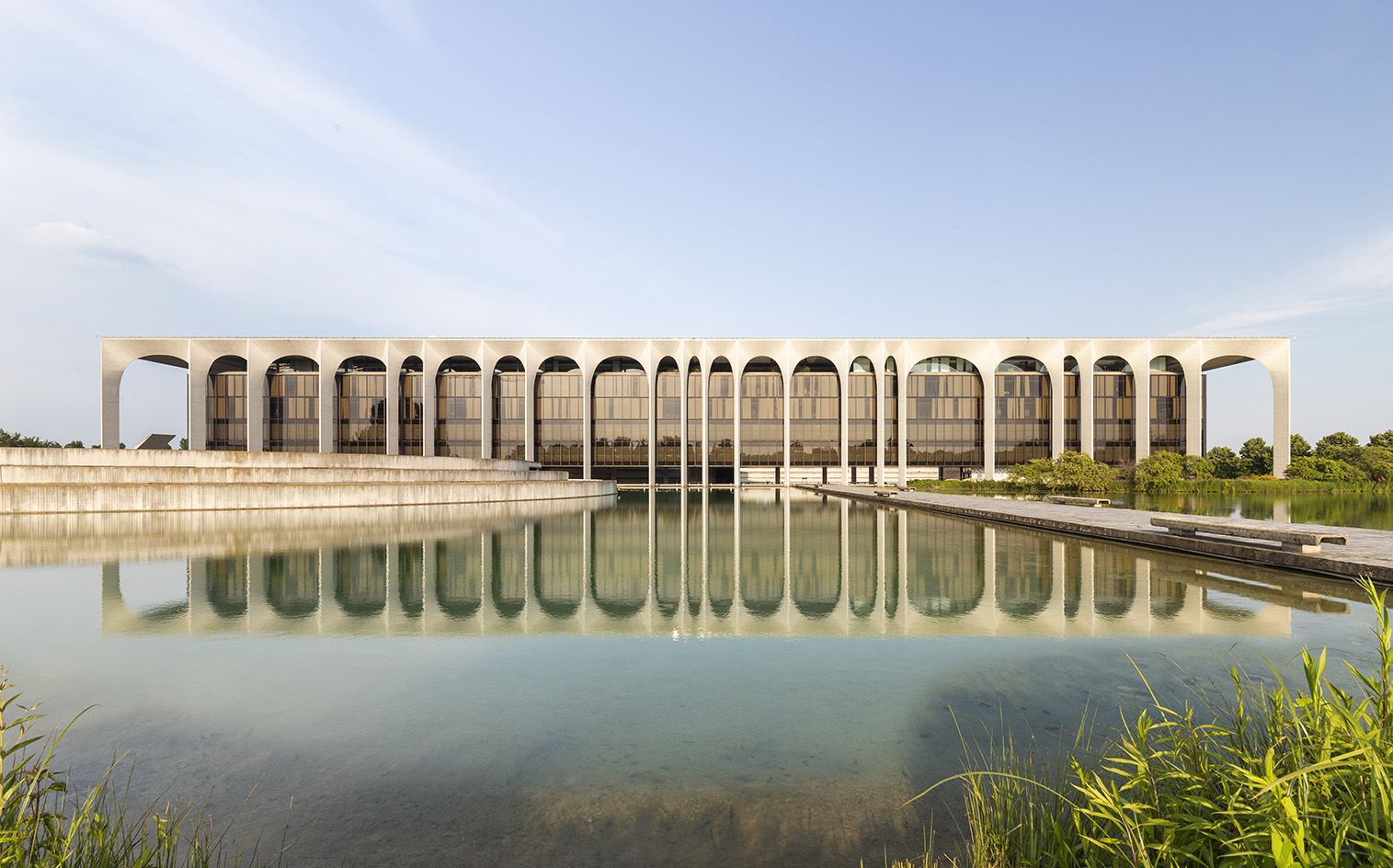 Modernist Palazzo Mondadori’s workspace gets a playful Carlo Ratti refresh
Modernist Palazzo Mondadori’s workspace gets a playful Carlo Ratti refreshArchitect Carlo Ratti reimagines the offices in Palazzo Mondadori, the seminal work by Brazilian master Oscar Niemeyer in Milan
-
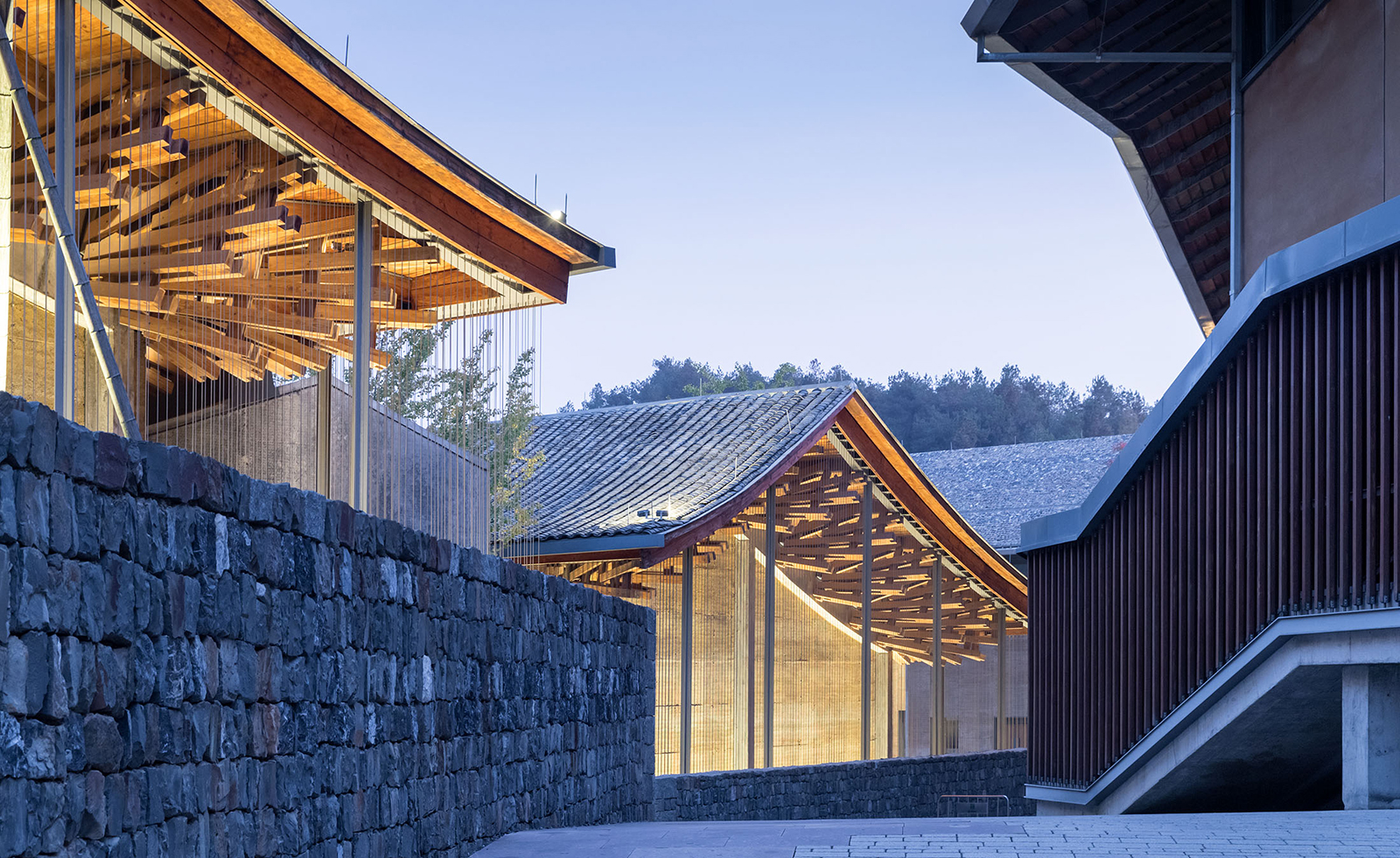 Wang Shu and Lu Wenyu to curate the 2027 Venice Architecture Biennale
Wang Shu and Lu Wenyu to curate the 2027 Venice Architecture BiennaleChinese architects Wang Shu and Lu Wenyu have been revealed as the curators of the 2027 Venice Architecture Biennale
-
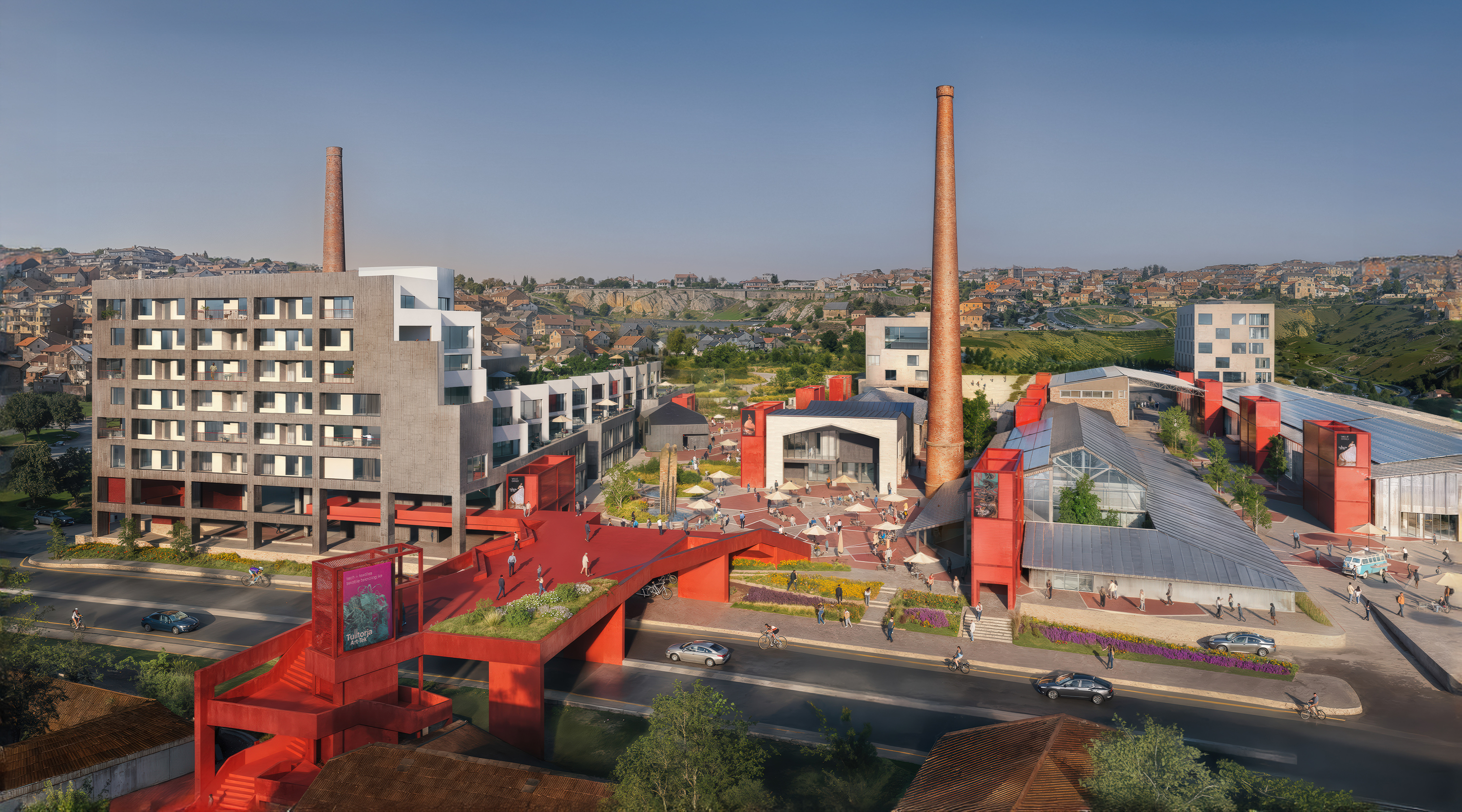 At the Holcim Foundation Forum and its Grand Prizes, sustainability is both urgent and hopeful
At the Holcim Foundation Forum and its Grand Prizes, sustainability is both urgent and hopefulThe Holcim Foundation Forum just took place in Venice, culminating in the announcement of the organisation's Grand Prizes, the projects especially honoured among 20 previously announced winning designs
-
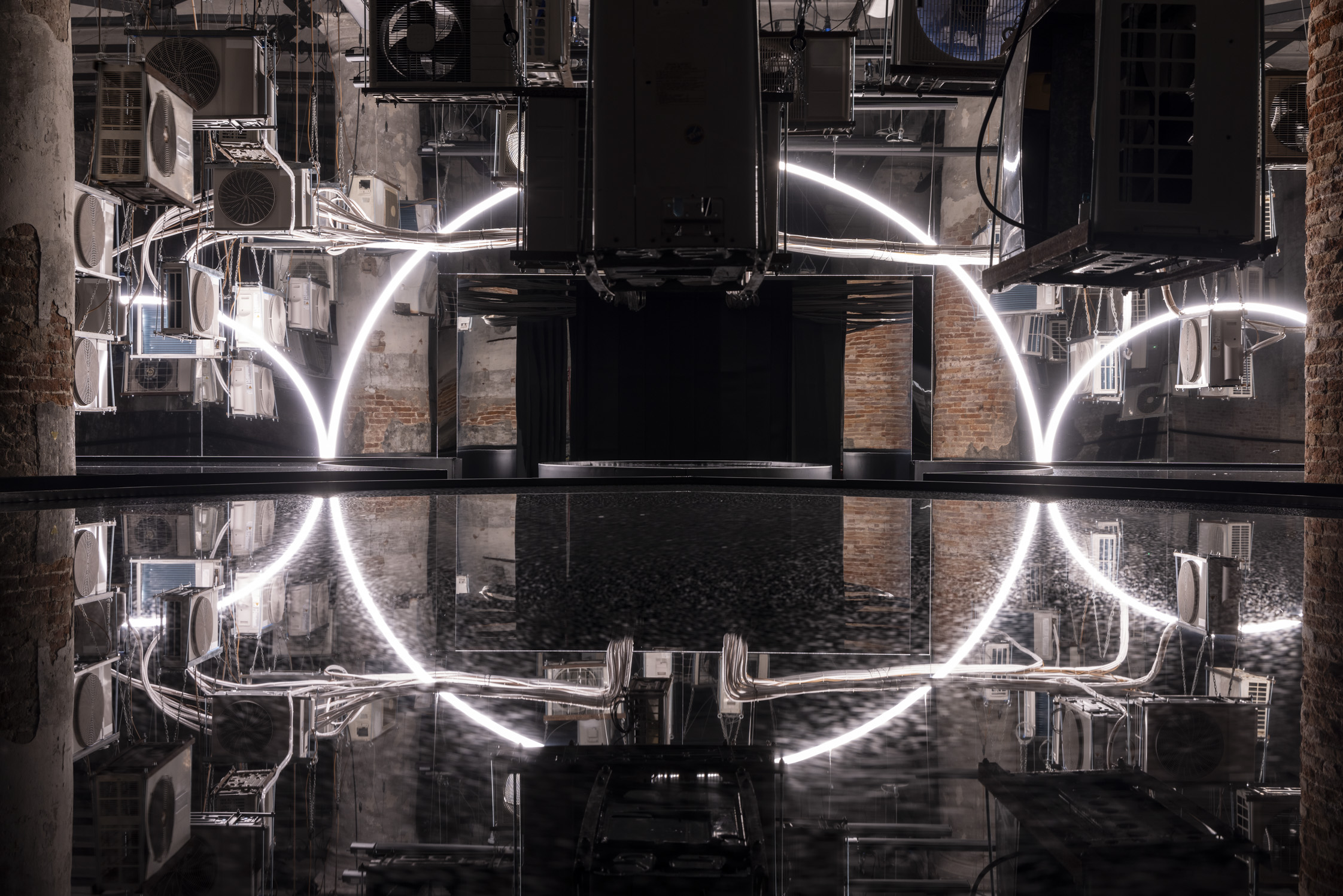 Carlo Ratti reflects on his bold Venice Architecture Biennale as it closes this weekend
Carlo Ratti reflects on his bold Venice Architecture Biennale as it closes this weekendThe Venice Architecture Biennale opens with excitement and fanfare every two years; as the 2025 edition draws to a close, we take stock with its curator Carlo Ratti and ask him, what next?
-
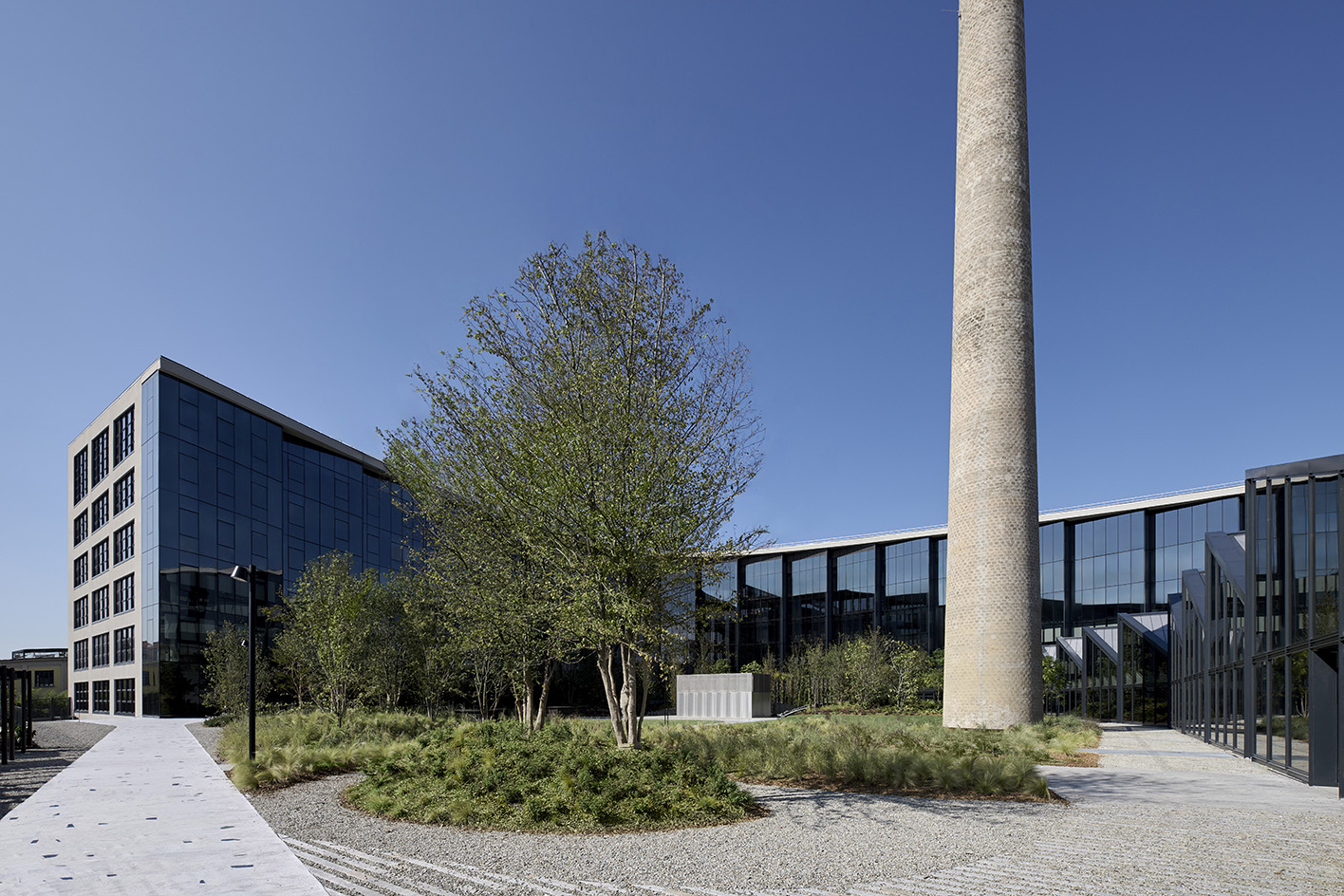 Step inside Casa Moncler, the brand’s sustainable and highly creative Milanese HQ
Step inside Casa Moncler, the brand’s sustainable and highly creative Milanese HQCasa Moncler opens its doors in a masterfully reimagined Milanese industrial site, blending modern minimalism and heritage, courtesy of ACPV Architects Antonio Citterio Patricia Viel
-
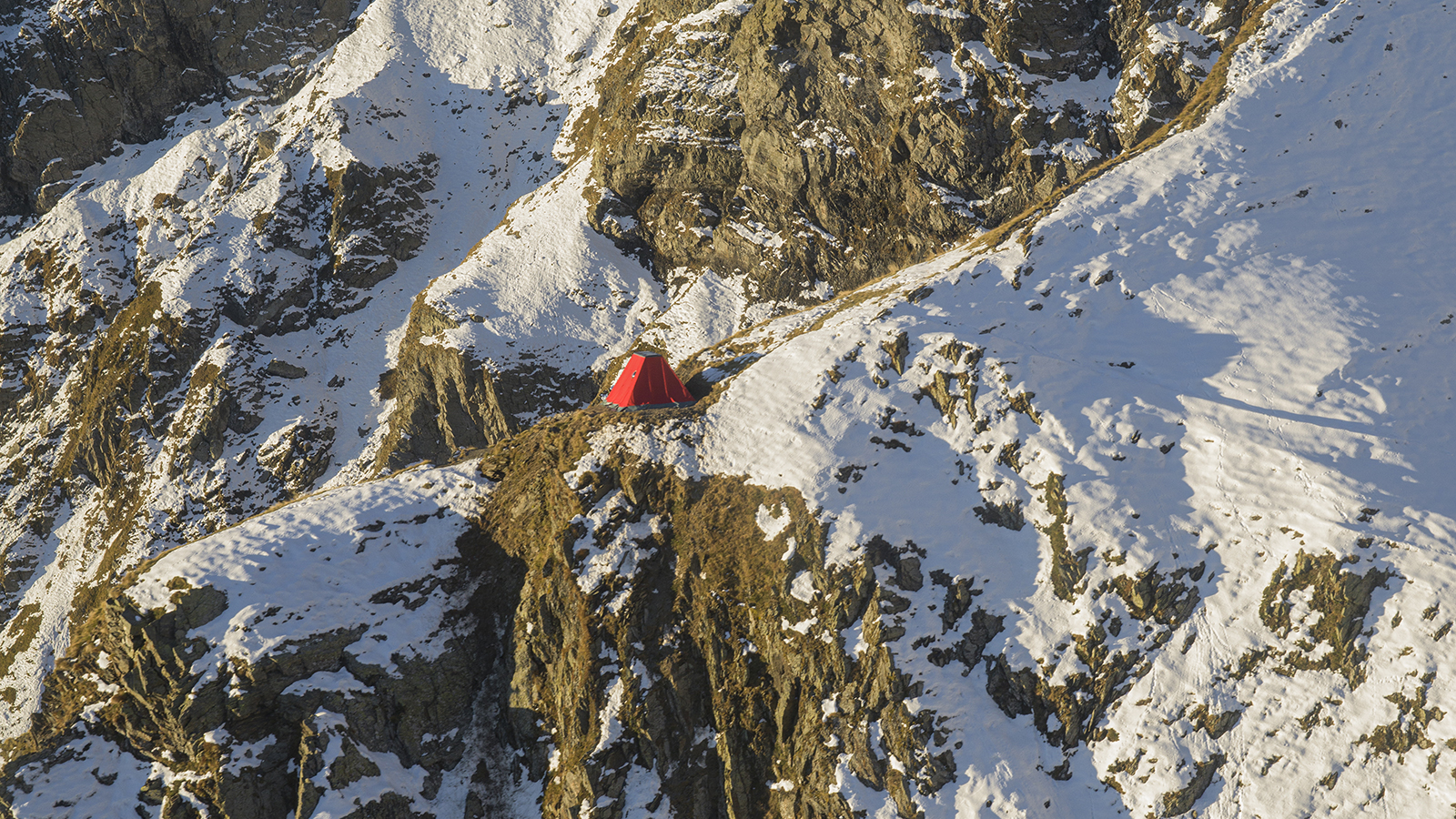 Aldo Frattini Bivouac is a mountain shelter, but not as you know it
Aldo Frattini Bivouac is a mountain shelter, but not as you know itA new mountain shelter on the northern Italian pre-Alp region of Val Seriana, Aldo Frattini Bivouac is an experimental and aesthetically rich, compact piece of architecture
-
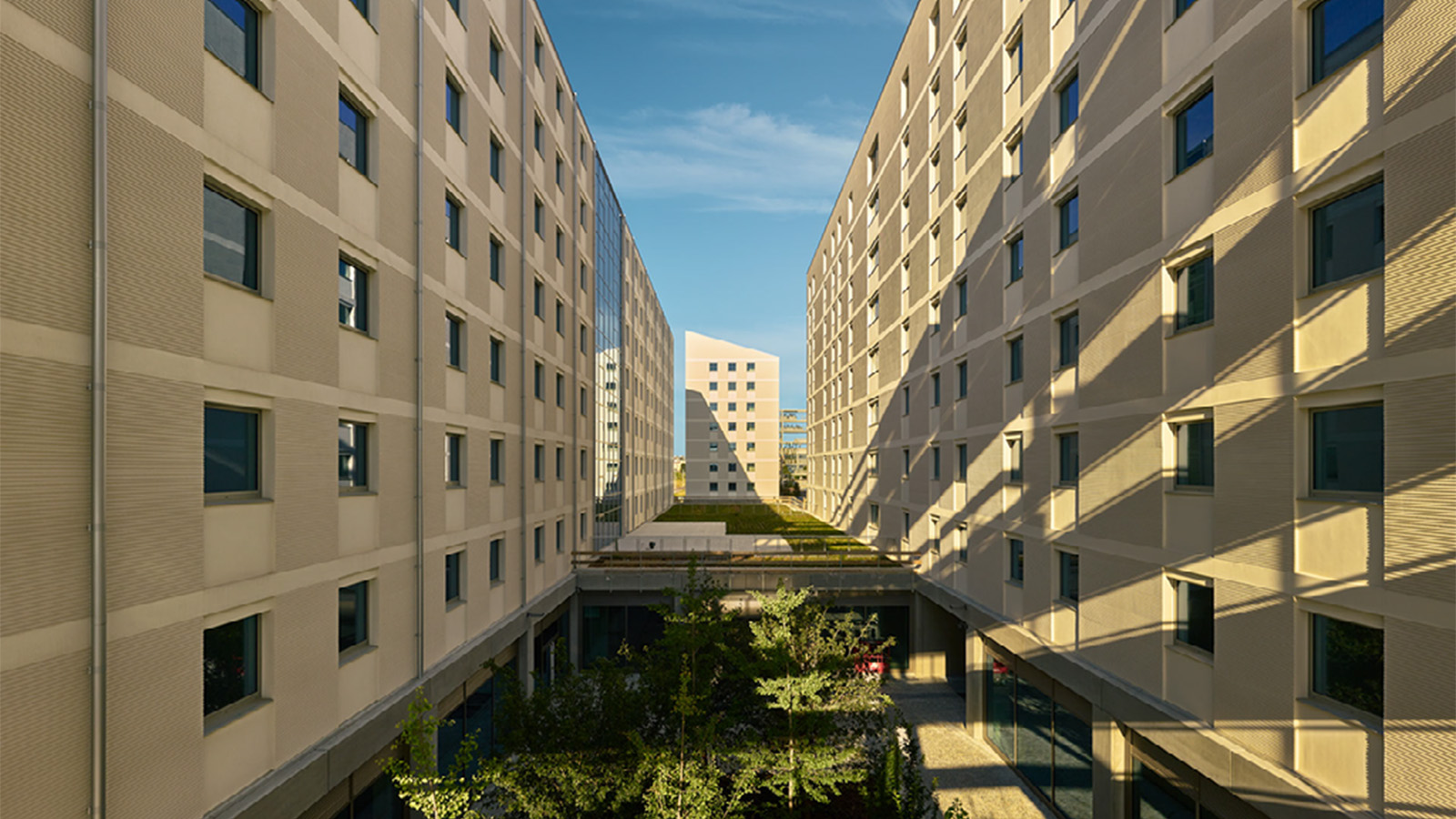 The 2026 Winter Olympics Village is complete. Take a look inside
The 2026 Winter Olympics Village is complete. Take a look insideAhead of the 2026 Winter Olympics, taking place in Milan in February, the new Olympic Village Plaza is set to be a bustling community hub, designed by Skidmore, Owings & Merrill
-
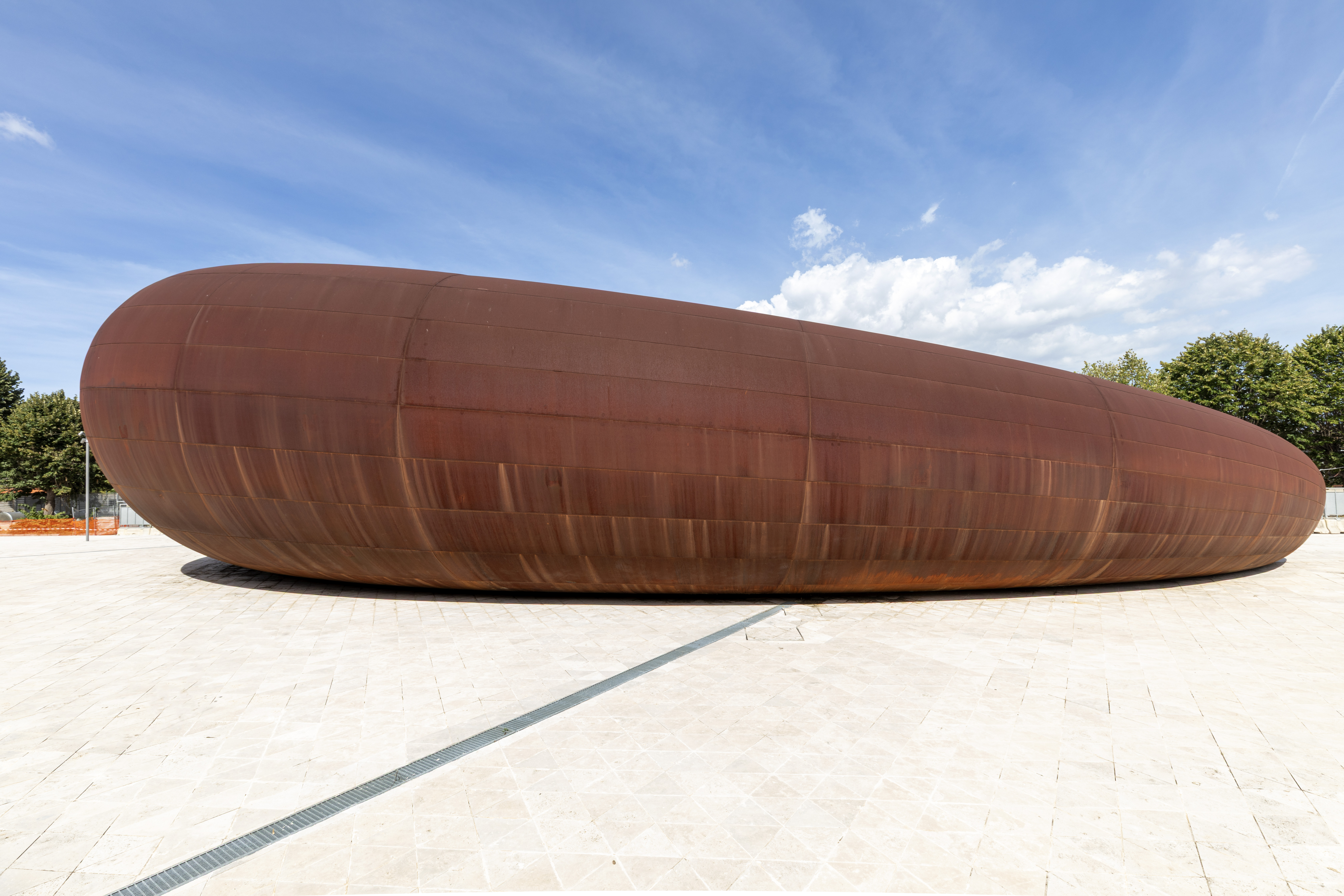 Anish Kapoor designs Naples station as a reflection of ‘what it really means to go underground’
Anish Kapoor designs Naples station as a reflection of ‘what it really means to go underground’A new Naples station by artist Anish Kapoor blends art and architecture, while creating an important piece of infrastructure for the southern Italian city